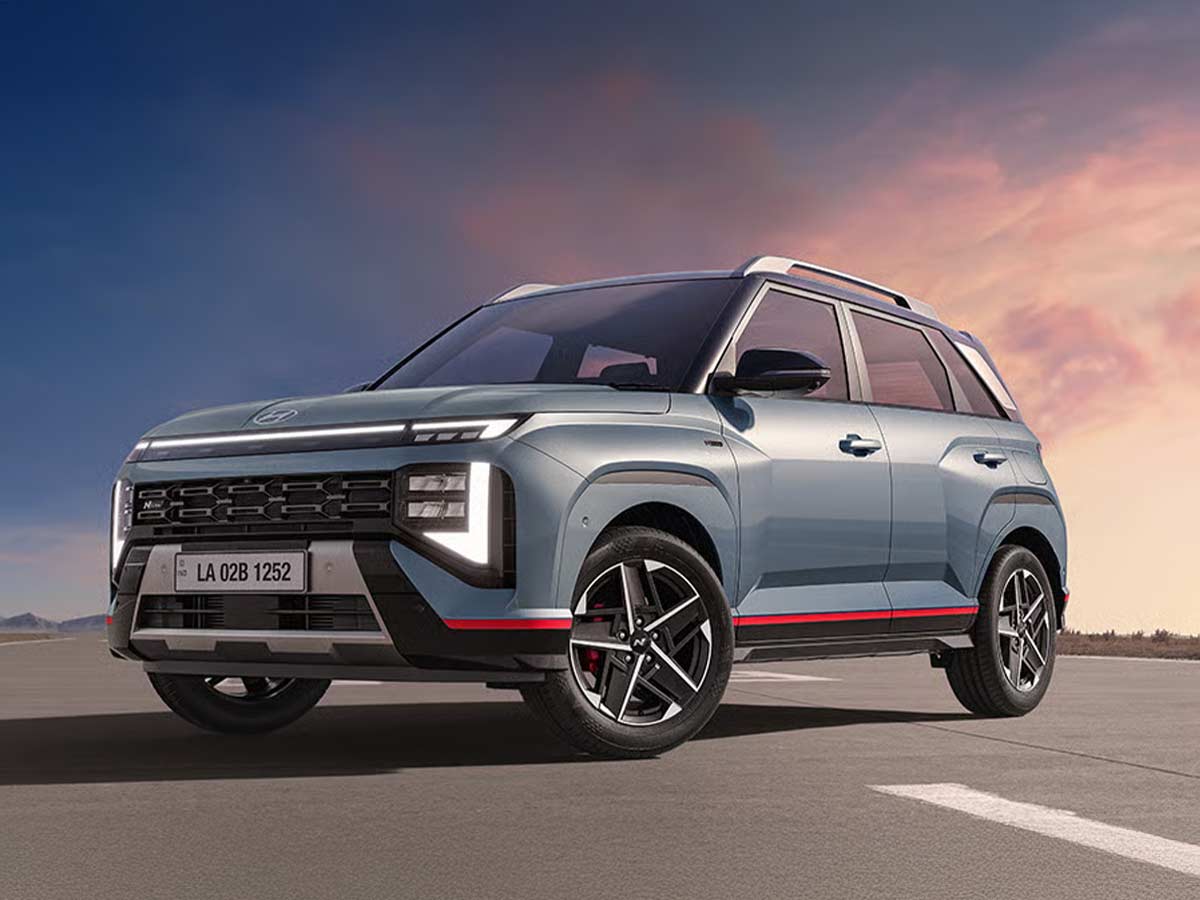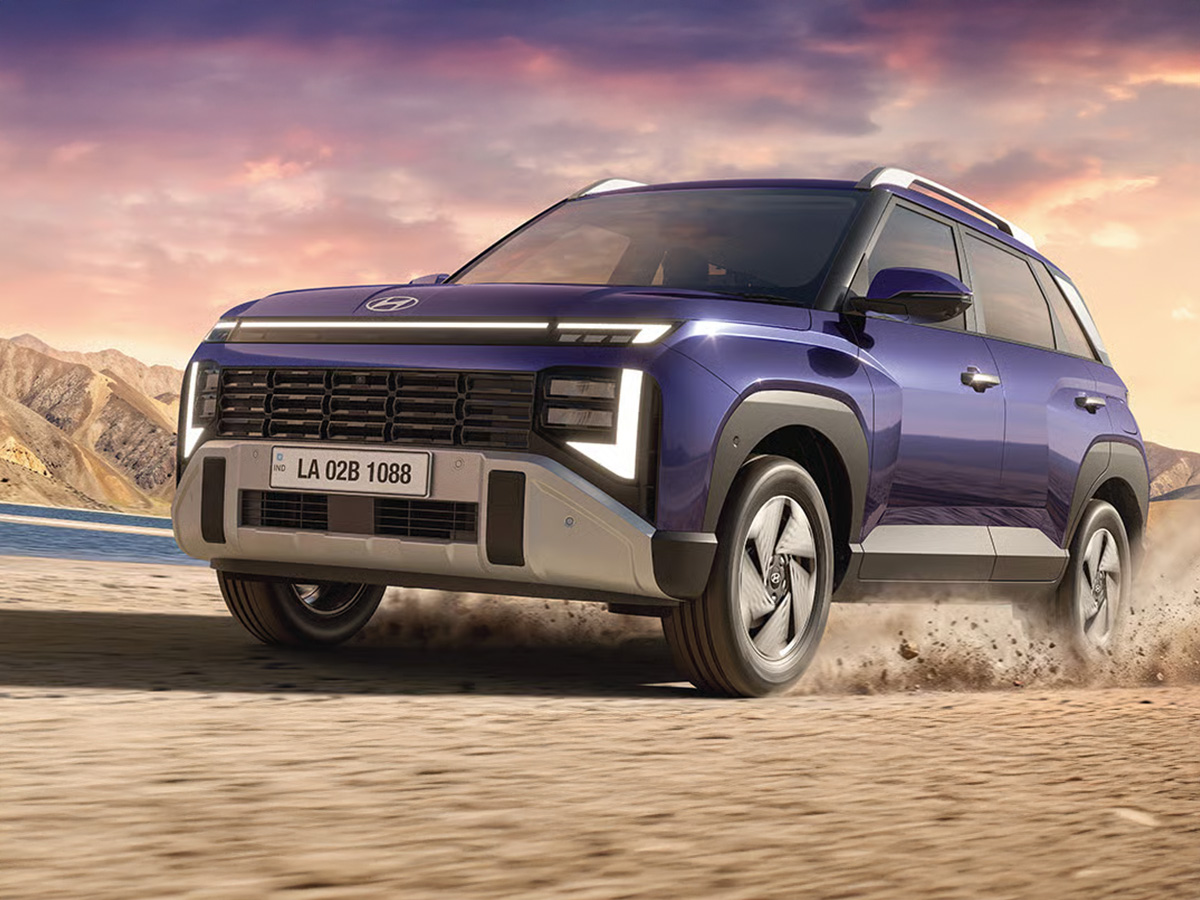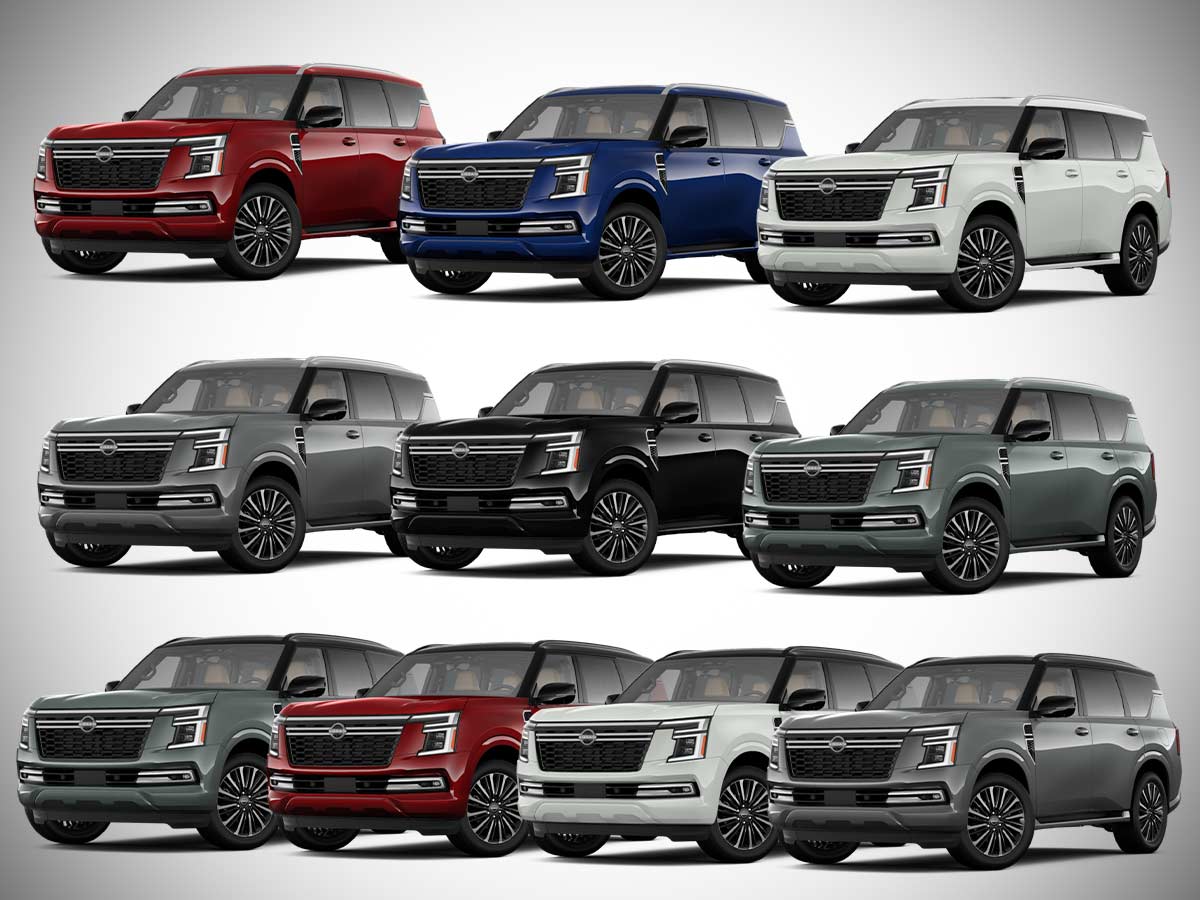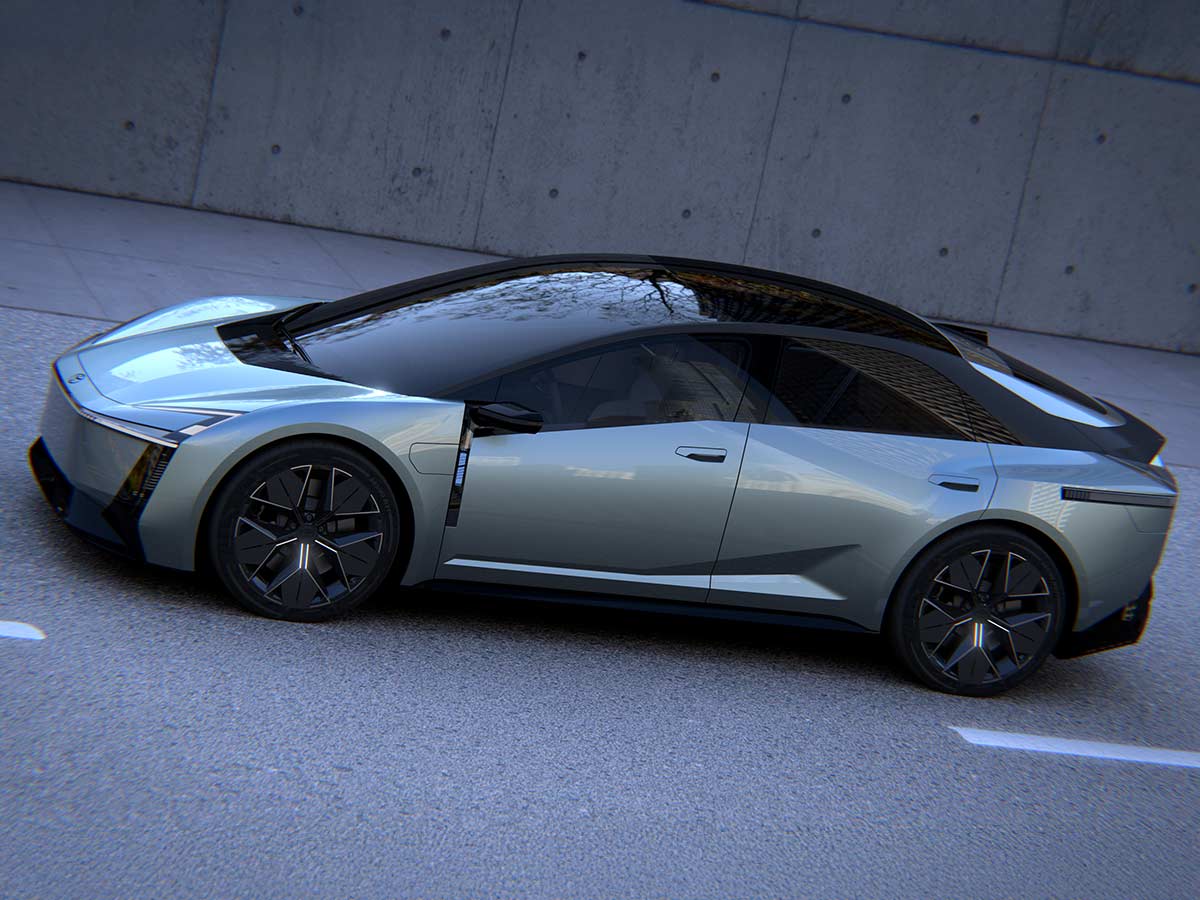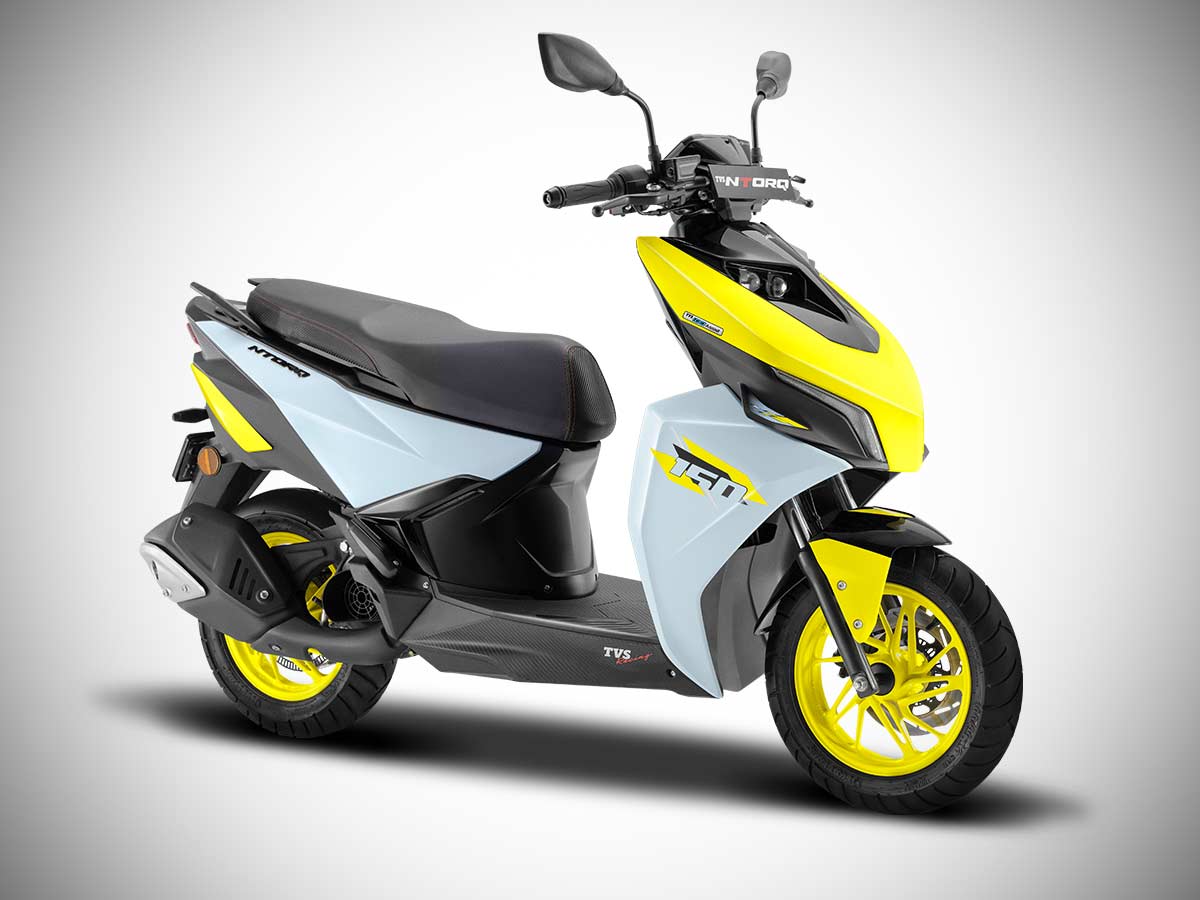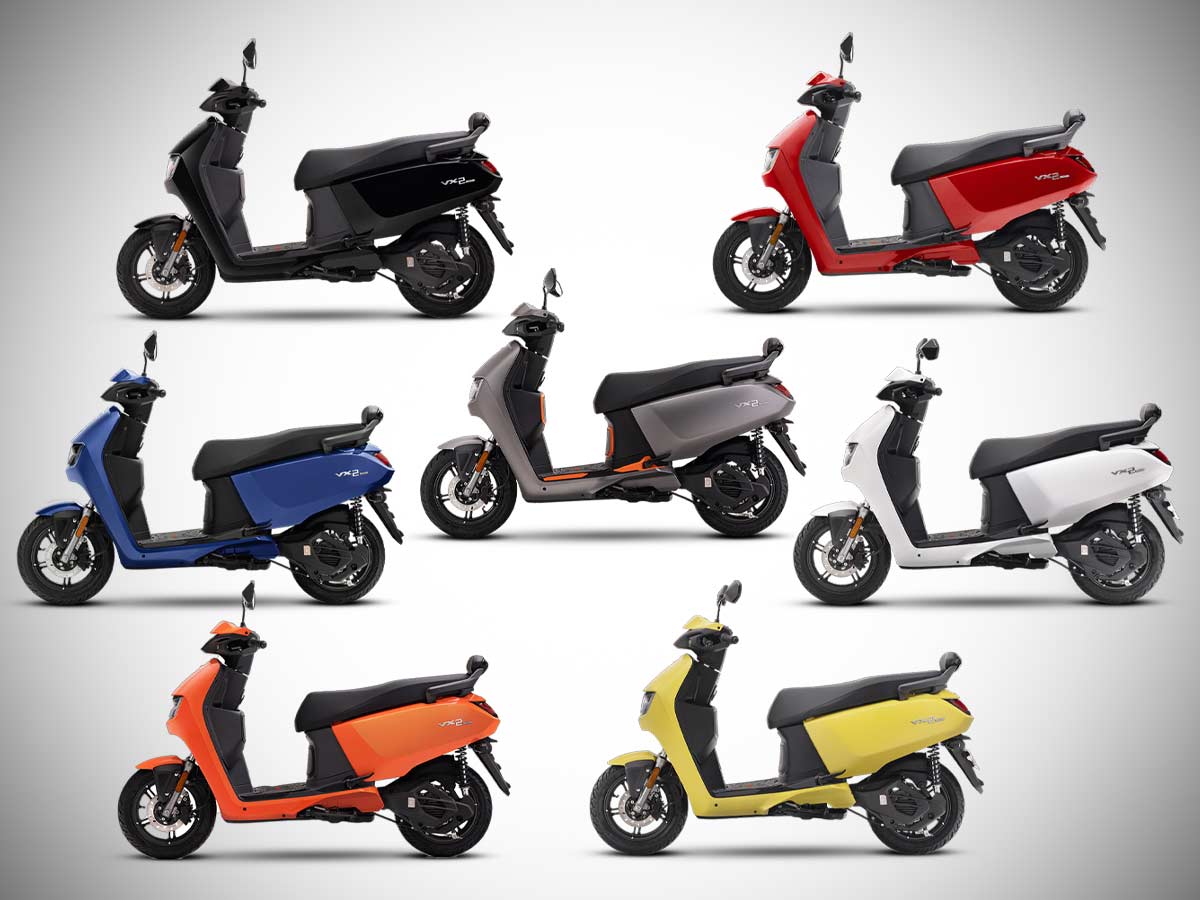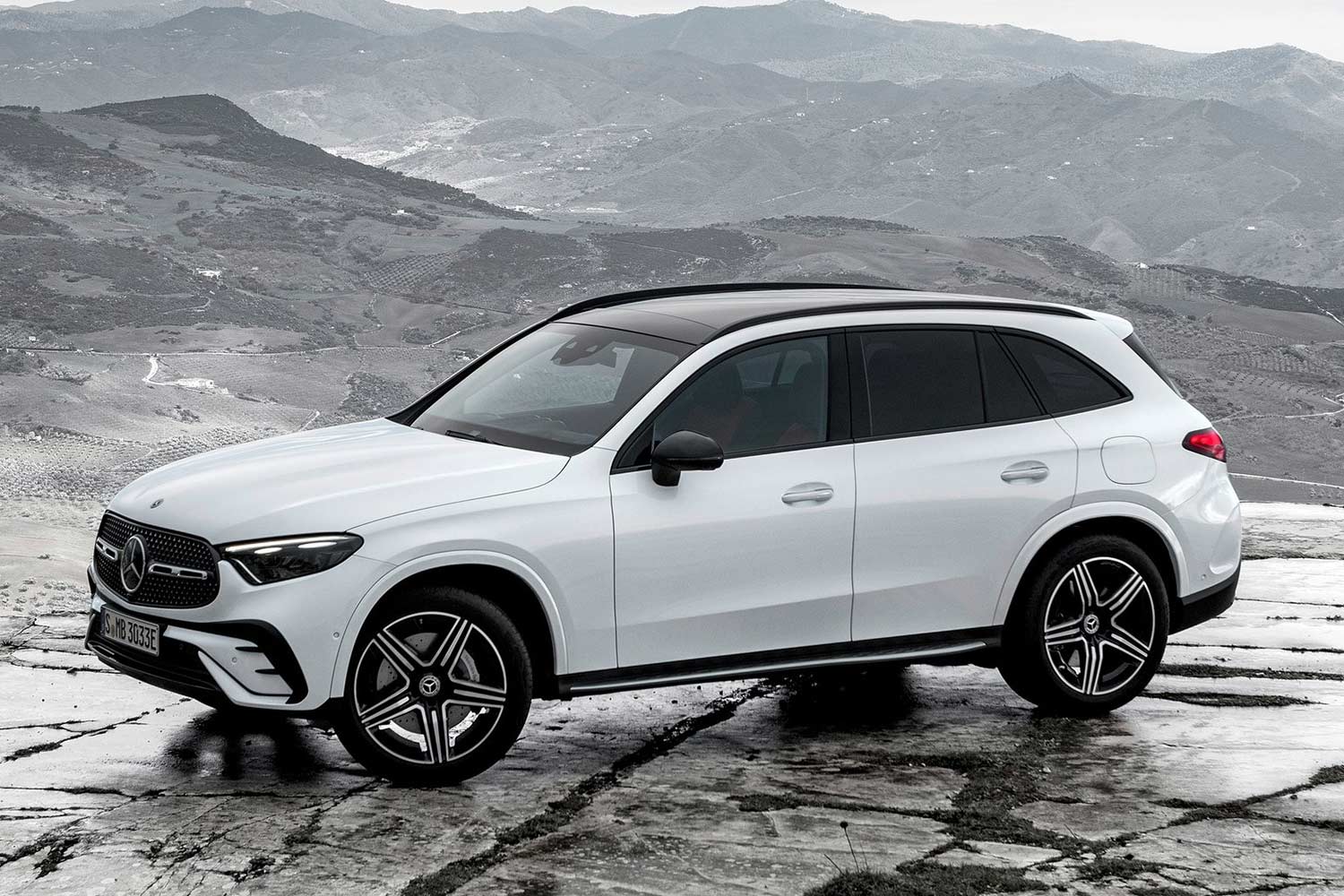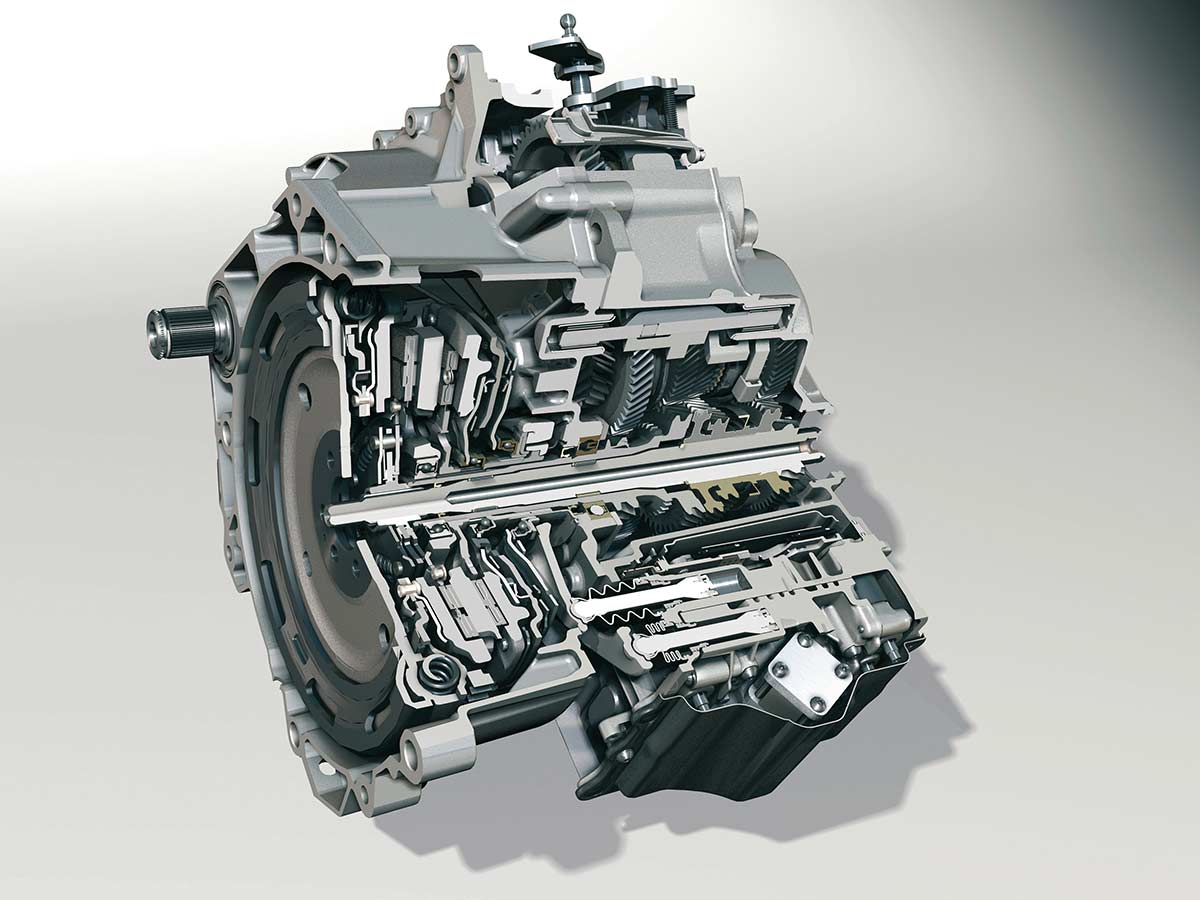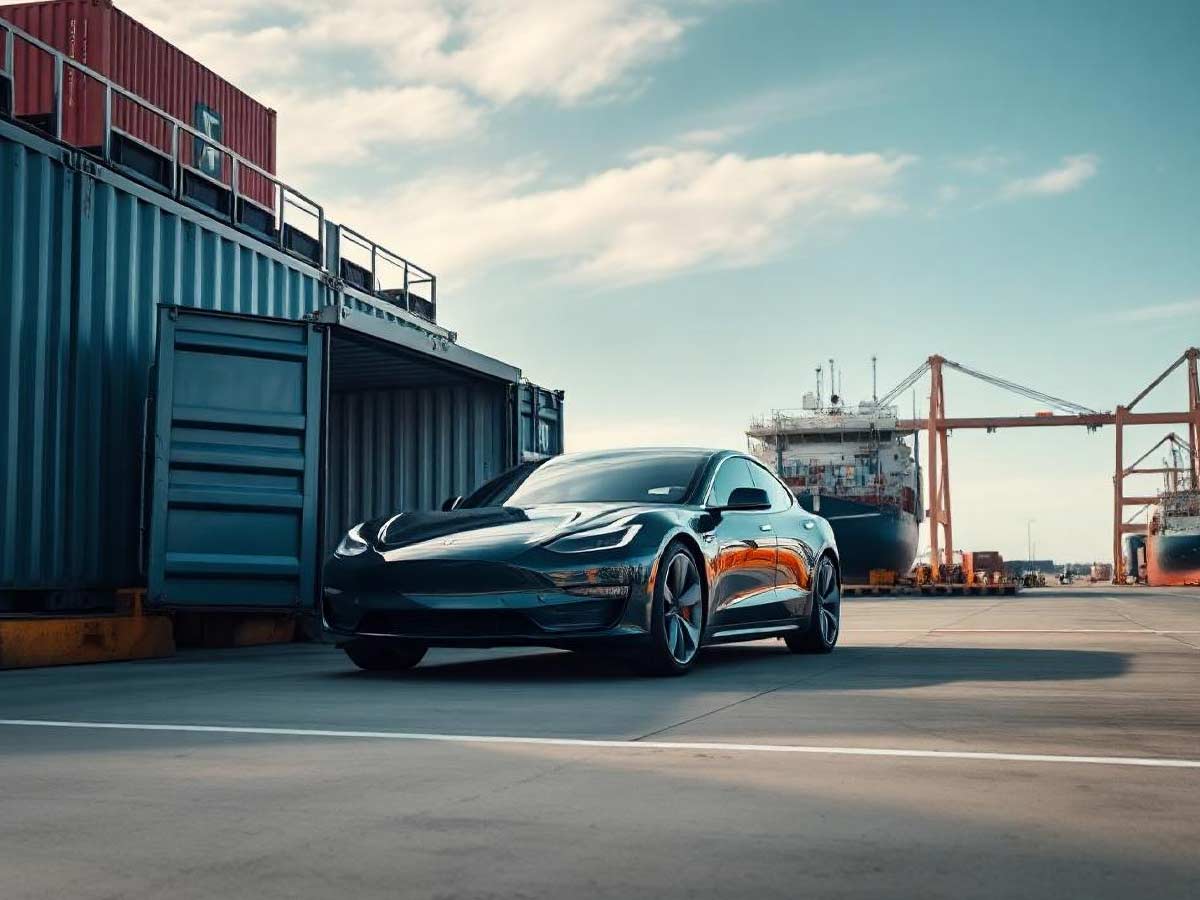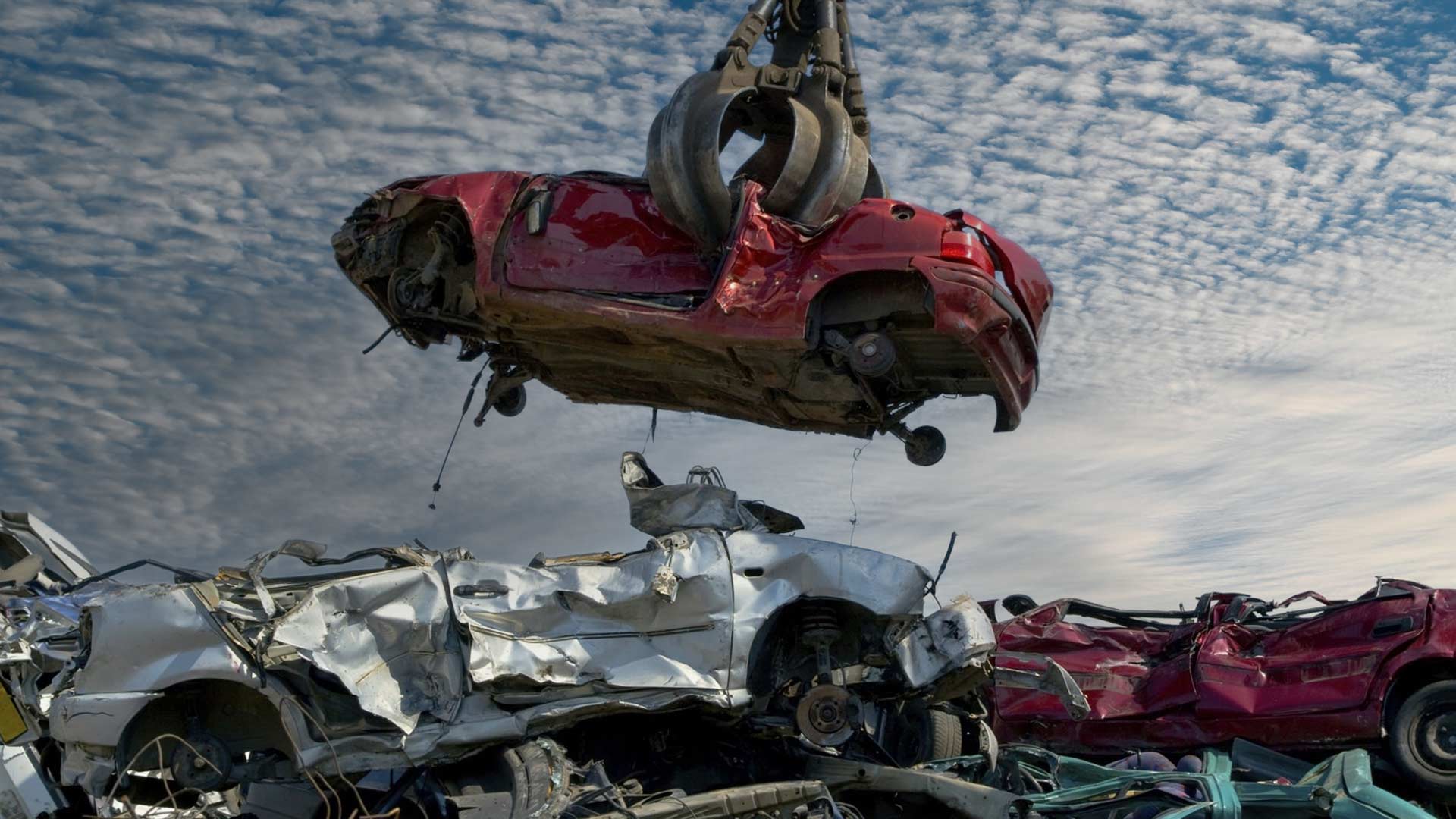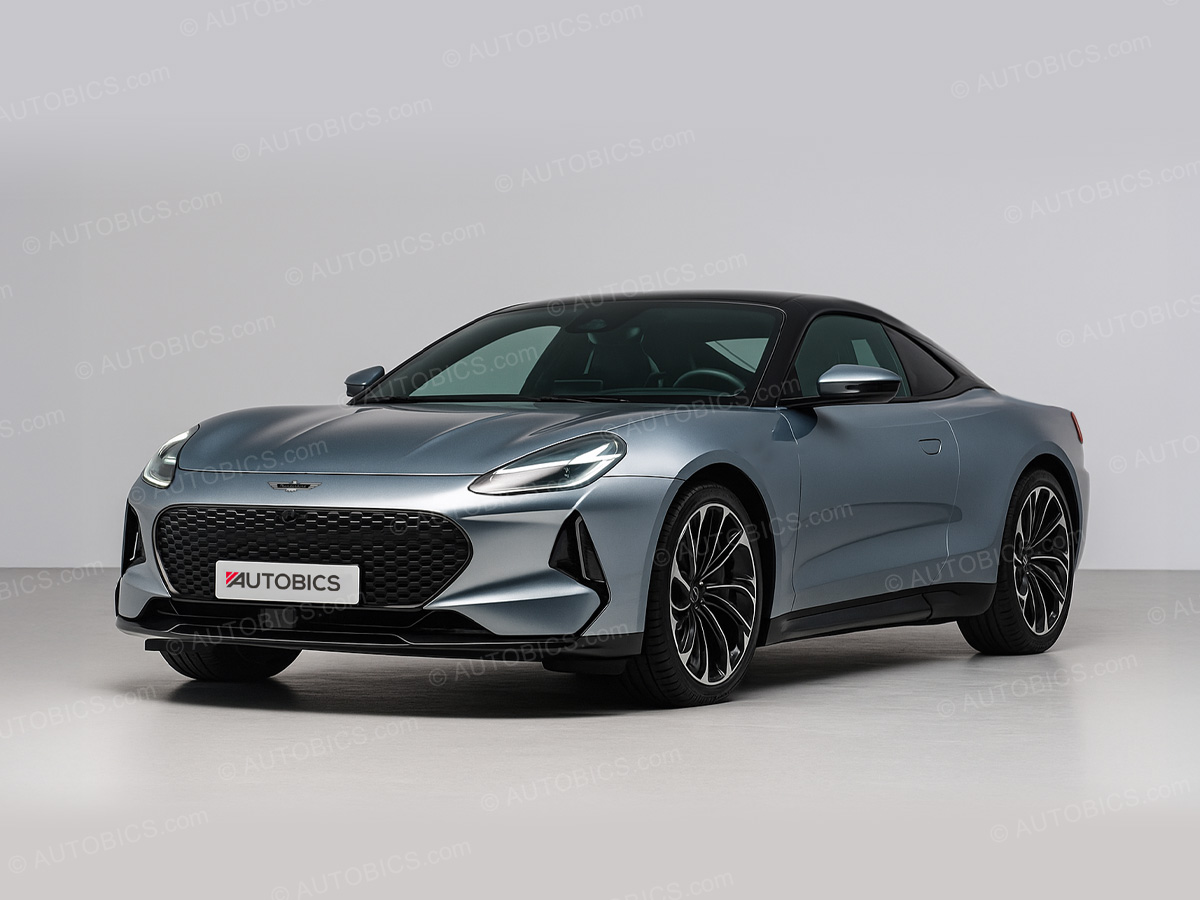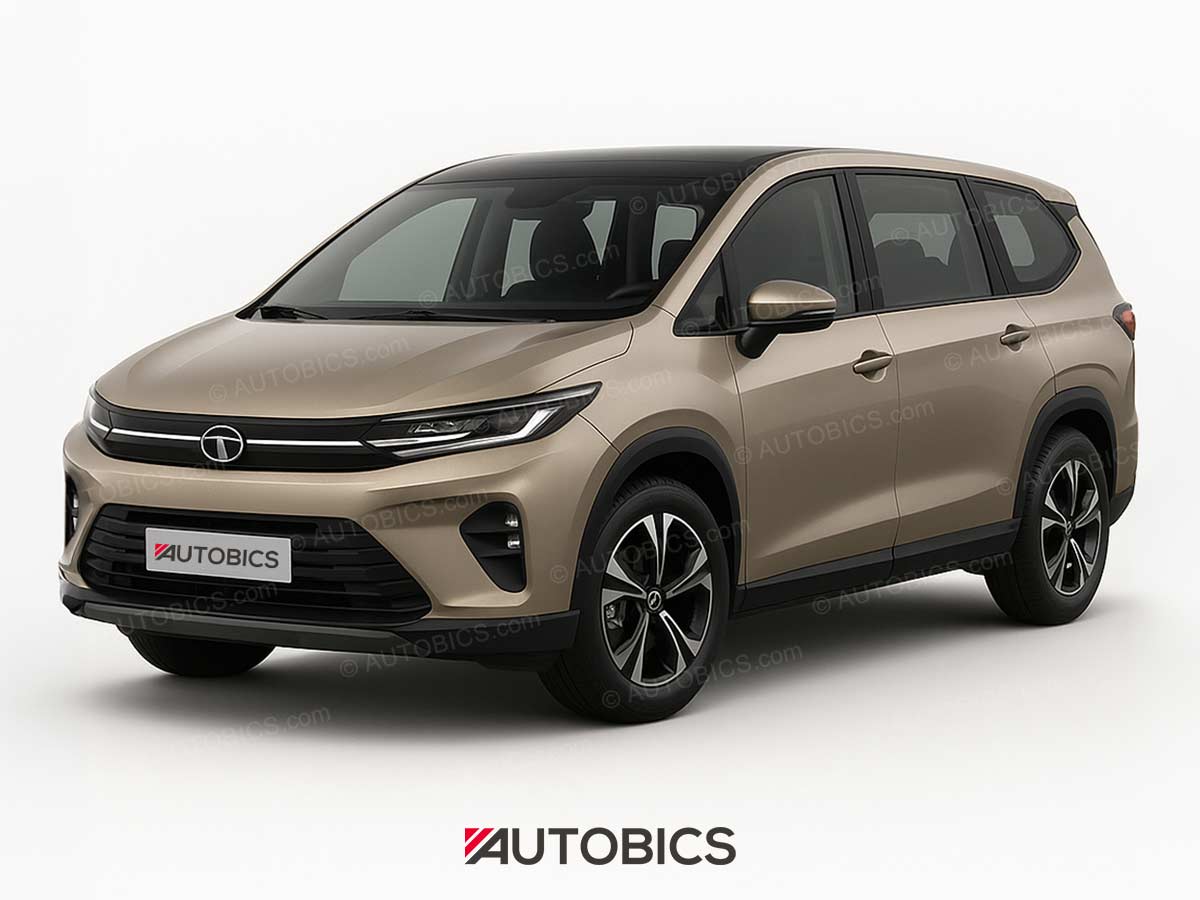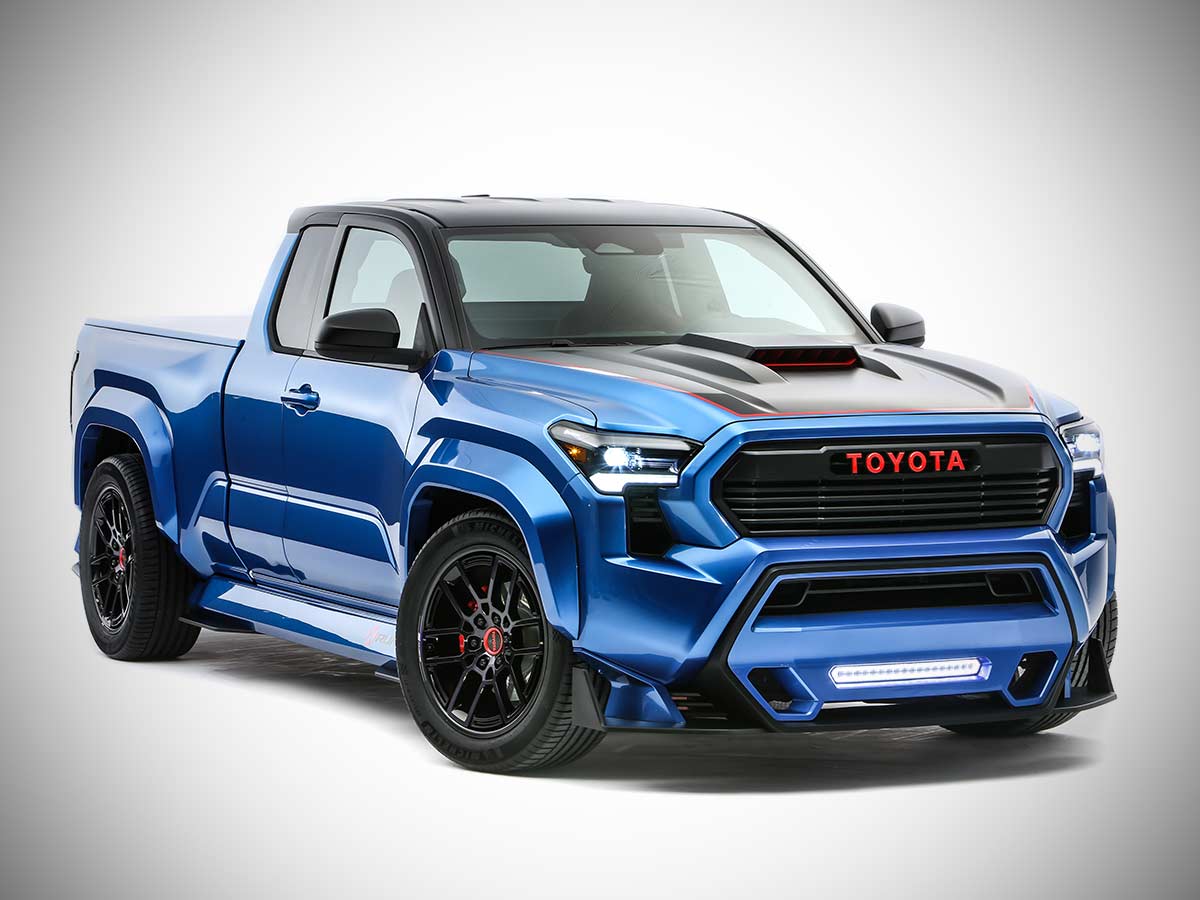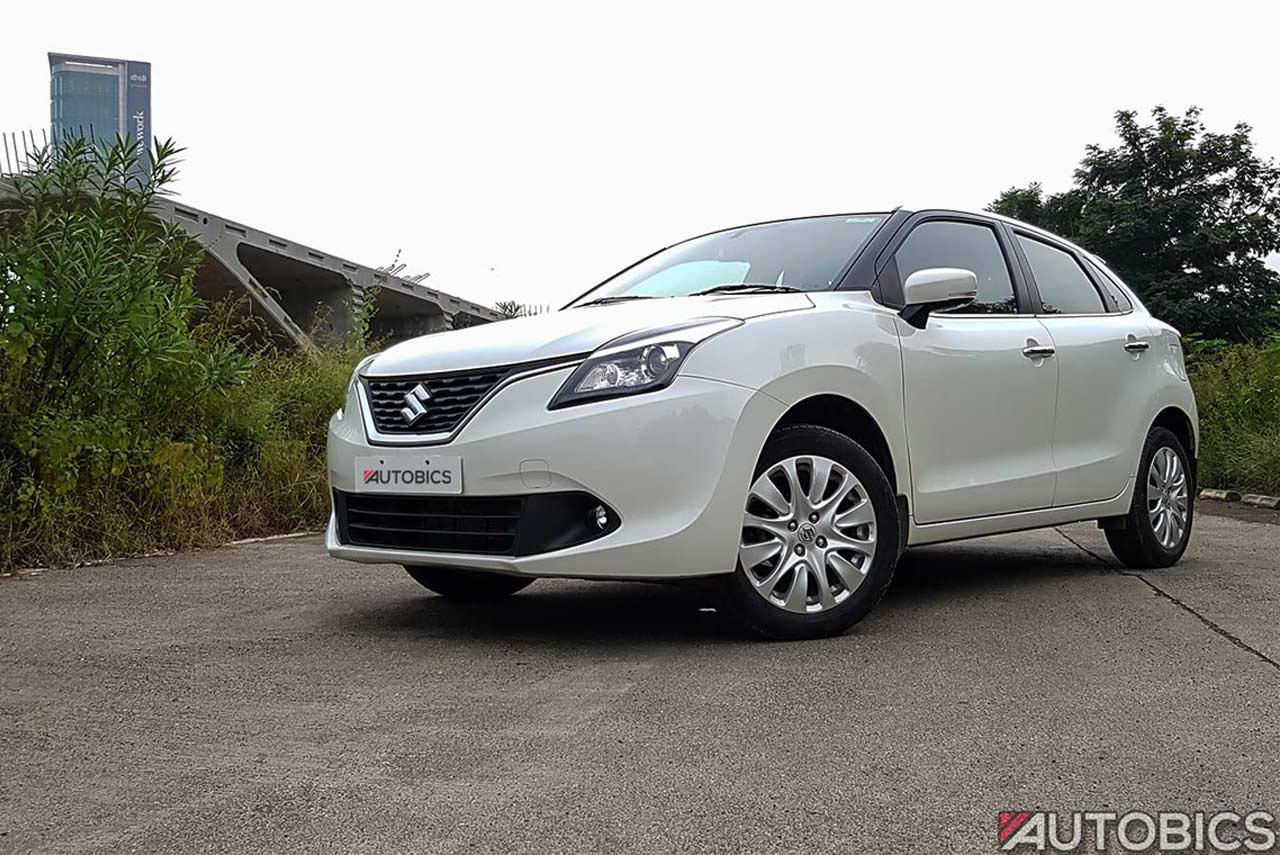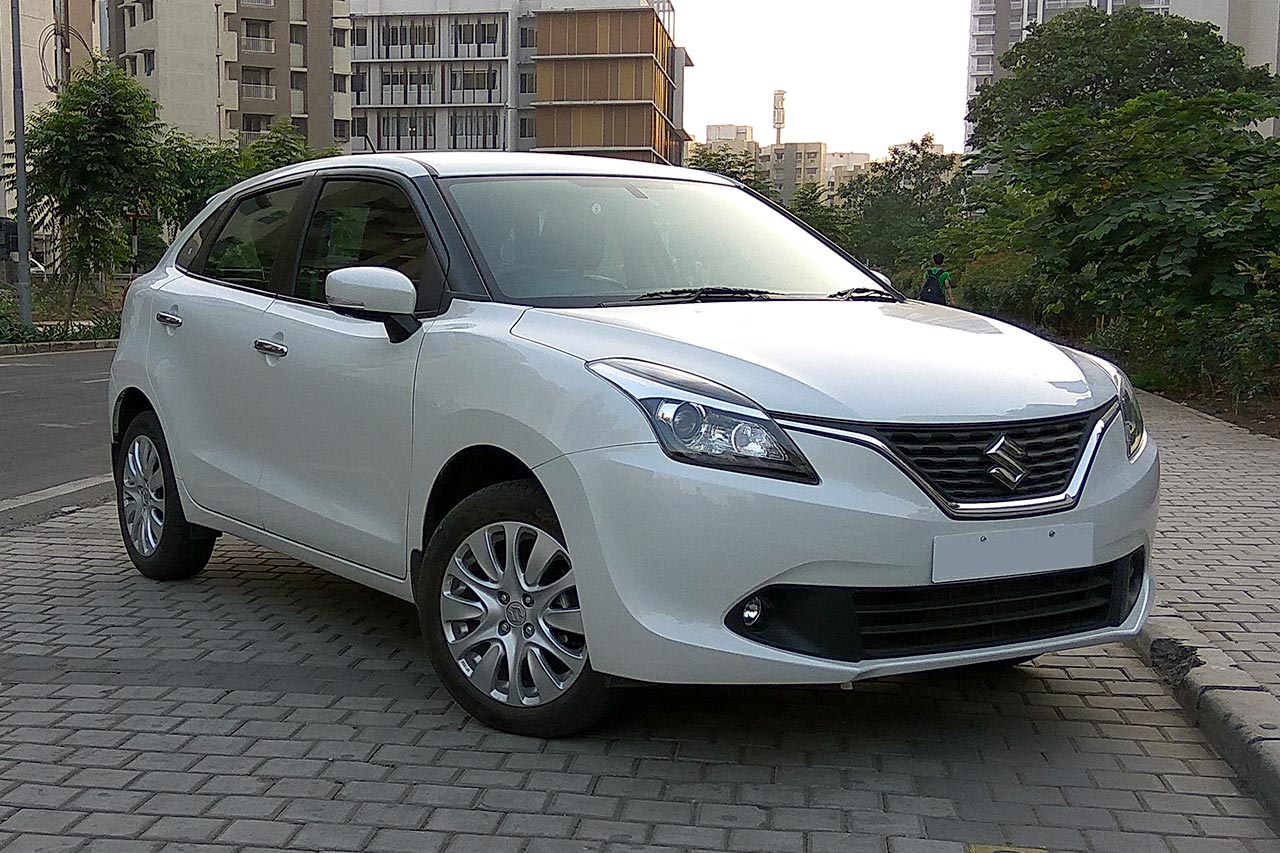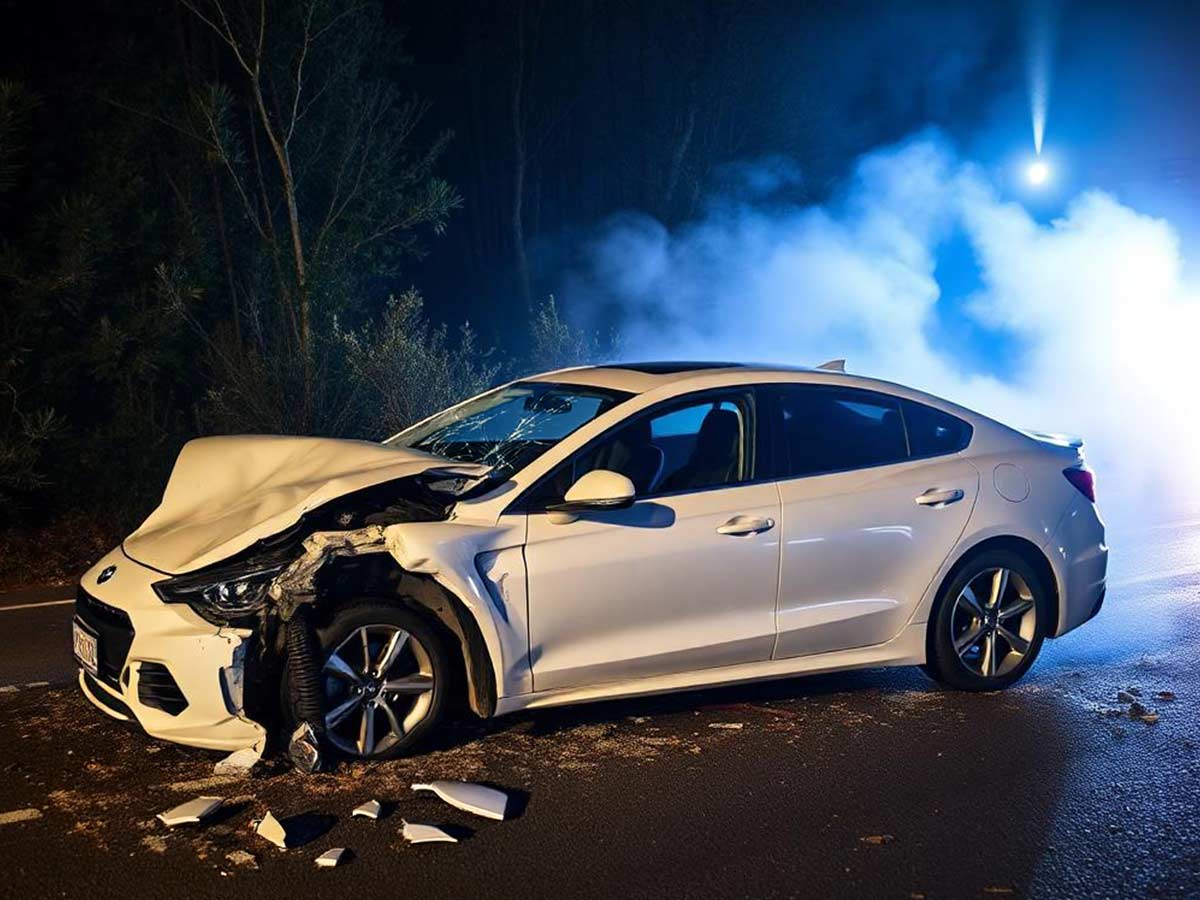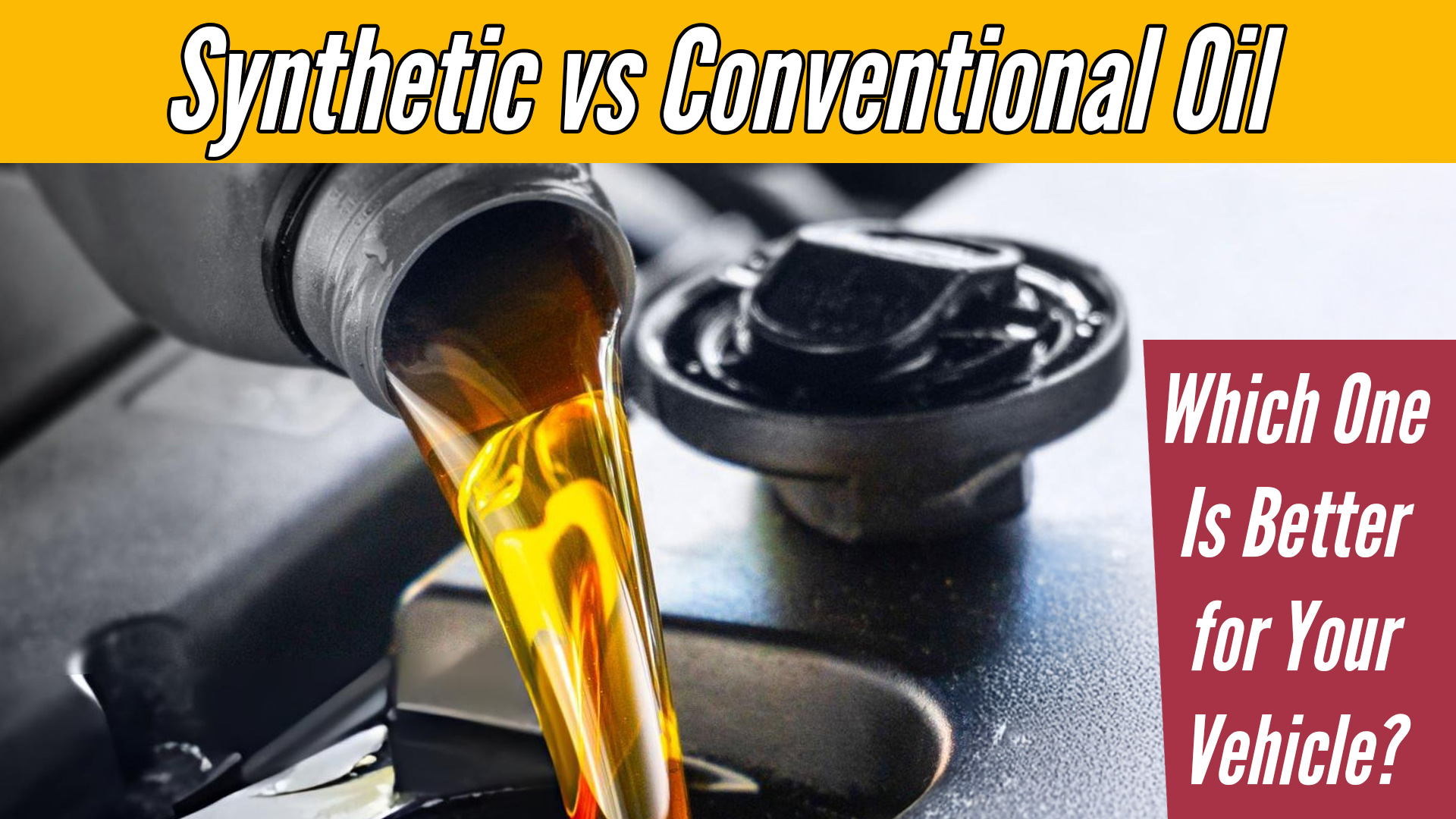When India’s Supreme Court and National Green Tribunal cracked the whip on ageing vehicles; banning petrol cars over 15 years old and diesel rigs beyond a decade, it marked a watershed moment. Overnight, millions of drivers faced a choice: scrap and replace, or watch their vehicles go silent at the pump. But beyond headlines and horn blasts lies a far more complex story.
>>> Great Discounts on Car & Bike Accessories <<<
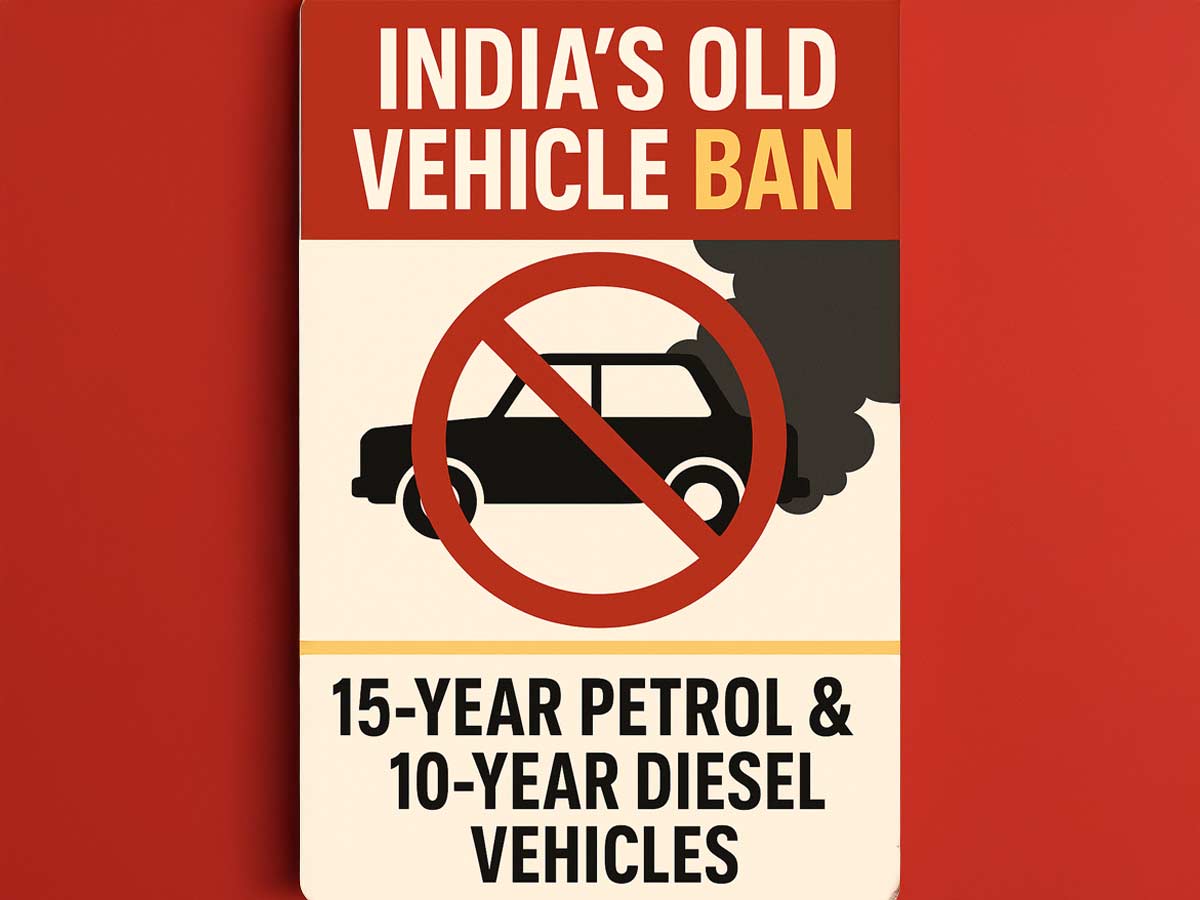
Why the Ban? The Science & Law Behind the Ban
The age-based ban (15 years for petrol, 10 for diesel) originates from Supreme Court and NGT orders aimed at cutting urban pollution. Delhi and the CAQM frame it as an air-quality/public health measure. They note that “end-of-life” vehicles emit far more pollution: older (pre-BS-VI) vehicles spew roughly 4–10× the particulates of modern ones. Delhi’s environment minister emphasizes that roughly 20–30% of Delhi’s PM2.5 comes from vehicles, so removing the dirtiest stock is seen as a “pivotal step toward cleaner air”. Official statements tie the ban to the National Clean Air Programme and even urban planning goals (e.g. phasing in cleaner public buses).
Environmental and Health Impacts
Cleaner air: Retiring old vehicles should substantially cut emissions. Research shows that a small fraction of very old vehicles cause a large share of pollution. For example, CSE reports that pre-2005 cars (only about 5% of the fleet) produce almost 70% of vehicular pollution. Similarly, heavy trucks built before 2000 emit 10–35× more particulate matter than modern BS-VI trucks. Removing these “grossly polluting” vehicles should reduce PM₂.₅, NOₓ and CO in cities. Delhi’s CRPQ report estimates that around 6.2 million Delhi vehicles (mostly two-wheelers) are beyond the age limit; their removal could lower smog peaks, especially in winter.
Public health: Better air quality would improve health outcomes. Chronic exposure to vehicular pollution causes asthma, bronchitis, heart disease, etc. Delhi’s hospitals already note that pollution drives spikes in respiratory cases (e.g. a 30% post-Diwali increase in child asthma admissions), and about one-third of Delhi’s children are asthmatic or breathing-impaired. By cutting major pollution sources, the ban is intended to reduce these health burdens. Officials argue that each ton of pollutants avoided saves lives and healthcare costs.
Data evidence: Emission studies support the logic. A 2011 ICCT study found pre-2003 vehicles (23% of fleet) caused nearly 50% of particulate pollution. MoRTH notes that only 5% of vehicles (old commercial fleet) emit 65–70% of transport pollution. These figures justify targeting old vehicles. Critics counter that scrapping cars also generates waste and that some well-maintained old cars may emit little, but most experts agree that phasing out the worst emitters yields net air-quality gains.
Impact on Citizens (Especially Middle/Low Income)
The ban imposes financial burdens on many car owners. Most affected vehicles are owned by middle-class or lower-income people. These owners typically bought cars on loans and expected to use them up to 15+5 years. Now, that asset becomes worthless sooner than expected. For example, one Delhi motorist who bought a petrol car in late 2014 (with RC valid till 2029) will be unable to use it after April 2025. Scrapping yields only a small certificate (worth only 4–6% of a new car’s price) and a minimal road-tax rebate. Owner surveys and experts emphasize the pain: “majority of these owners belong to the middle or lower middle class,” with tight resources, yet they get virtually no compensation. Many have petitioned courts, arguing the retrospective ban causes huge losses with no relief.
Key points:
- Low compensation: Scrap value ≈4–6% of original cost. Even with tax waivers, owners lose around 94% of vehicle value.
- Financial stress: Forced replacement means new loans for already-leveraged families. Small-business owners (taxis, delivery vans) lose income until replaced.
- Consumer sentiment: A nationwide poll found owners overwhelmingly prefer a fitness or mileage criterion over a strict age cutoff. 65% want higher scrappage incentives than the current meager tax break.
- Alternatives: Many affected users are turning to used-car markets: Reports suggests that owners will scrap or sell their old vehicles to buyers in other states (where they remain legal). Those unable to buy new cars may shift to public transit or informal transport.
In sum, ordinary citizens feel the policy hits their pocketbooks hardest. There is little cushion for low/mid-income families to “upgrade” vehicles on demand. This financial impact is the chief public grievance about the ban.
Impact on the Automobile Industry
Vehicle manufacturers and dealers stand to gain from the policy. Government and industry projections anticipate a rebound in sales: the Road Transport Minister estimated that aggressively scrapping old cars can grow new-car sales by 18–20%. Industry analysts (ICRA) concur that mandatory fleet renewal will create “significant replacement demand”. This demand stimulus is especially strong for large vehicles: India has about 1.1 million heavy commercial vehicles >15 years old (as of 2024), and scrapping just a portion could lift truck/bus sales. OEMs point to ecological benefits too: more recycling of metals (scrap inputs) and faster adoption of BS-VI and EV technology across the fleet.
However, critics accuse the policy of favoring the auto industry at consumers’ expense. Indeed, scrappage certificates create new marketing tools: for example, A report says dealers are using a ₹30k scrap certificate to give a ₹2.5 lakh tax discount on a luxury car. This deep “hidden discount” effectively subsidizes new car buyers (and dealer profit margins) more than scrapping owners. Opposition figures and legal petitioners have even called it a “conspiracy” or “scam” to boost auto sales. While there is no smoking-gun proof of government–industry collusion, the optics are stark: tax breaks and certificates flow to manufacturers and high-end buyers. The government’s position is that enabling buyers with rebates and upgrading the fleet is a win–win, but many consumers and activists see it as a backdoor subsidy.
Key data: ICRA notes only about 44,800 private vehicles were scrapped by Aug 2024 – far below industry hopes, suggesting any volume-led sales boost may be limited unless implementation tightens. In the long run, analysts expect gradual growth if scrapping becomes routine and incomes permit upgrades.
Impact on the Used Vehicle Market
The ban disrupts the second-hand market. In the short term, Delhi’s expiring cars flood neighboring markets. Dealers in UP, Haryana etc. are reportedly scouring Delhi for banned vehicles to sell elsewhere, driving up supply of cheap older cars outside NCR. This arbitrage lowers prices for sub-10-year used cars in NCR but raises them out-of-state. Meanwhile, demand shifts toward younger used cars (under 10–15 years old). A used car dealer stated that buyers will prefer “newer used” models; owners of borderline-age cars will either scrap or sell immediately.
Organized scrappers and certificate markets are also booming. The government-sanctioned RVSFs issue scrap certificates (worth 20–30k) that dealers trade for discounts. Car-dealership chains buy these certificates to lure customers. This “certificate arbitrage” has become an integral part of the scrappage ecosystem. But it primarily benefits dealers and new-car consumers rather than ordinary sellers. Unregulated scrap yards may also see more business, although regulators warn of illegal scrapping (e.g. stolen cars processed without RCs).
In summary, the used-vehicle sector is being reshaped: older cars exit Delhi, often finding new life elsewhere or ending up in scrapyards, while mid-aged cars become relatively more valuable in NCR. The overall effect on national used-car prices is unclear, but experts warn of “leakage” of pollution as old vehicles shift locations instead of disappearing entirely.
Regional Implementation: Delhi-NCR and Maharashtra
- Delhi-NCR (July 2025 onwards): On July 1, 2025 Delhi began enforcing fuel bans on non-compliant vehicles. Over 500 fuel stations have ANPR cameras linked to the VAHAN database, automatically cutting off fuel to petrol cars ≥15 years and diesel ≥10 years. Authorities identified around 4.9 lakh old vehicles in the pilot phase (Dec 2024–June 2025). Delhi’s six million end of life vehicles (66% two-wheelers) must either scrap or relocate out of NCR. Enforcement teams at tolls and stations are impounding violators ( around 44k so far). Phases extend to adjacent cities: Gurugram, Noida, Faridabad from Nov’25, and rest of Haryana/UP by April’26. Delhi’s move is considered the country’s first hard enforcement of the age rule.
- Maharashtra: The state has not banned personal ICE cars by age, but is rolling out related measures. In early 2023 Maharashtra ordered all government vehicles >15 years to be scrapped by June 2023 and hiked the “green tax” on older vehicles. It also set up new registered scrapping facilities and automated fitness centers. As of 2025, the state government offers a 15% registration-tax rebate for scrapping an old vehicle when buying new. A Bombay High Court-formed committee (announced Jan 2025) is studying a full ban on petrol/diesel vehicles in Mumbai, reflecting growing pressure from pollution activism. In contrast to Delhi’s abrupt fuel-cutoff, Maharashtra’s approach is incentive-driven: credit notes worth 4–6% of car value are given for scrapping. In brief, Delhi/NCR is under strict enforcement, while Maharashtra is gradually pushing fleet renewal through scrappage schemes and studies on broader bans.
Criticisms and Controversies
The policy has sparked heated debate. Common criticisms include:
- Fairness and legality: Affected owners and lawyers argue that forcing well-maintained older cars off the road violates their rights. Petitioners note that updated Motor Vehicles laws allow 15-year use (with extensions), so the retrospective ban “in gross violation” of the law. A Delhi NCR court case (Oct 2024) allowed an owner to challenge applying the 2015 ban to cars bought before that year. No compensation scheme exists, so owners feel the policy confiscates their property without recourse.
- Age vs. performance: Many experts say age alone is a blunt instrument. Transport officials are considering emission-based or fitness-based limits. Critics quip that “age does not pollute, poorly maintained engines do,” advocating strict pollution testing instead. The fitness/scrappage policy offered by MoRTH (2021) is touted as an alternative that ties renewal to certification, not arbitrary age. As one motorist group put it: well-maintained older cars should be allowed roadworthy status after inspection.
- Economic burden: As noted, vehicle owners say the ban disproportionately hurts the lower/middle class. Forced scrapping can ruin the budgets of small entrepreneurs and ordinary drivers. Consumer advocacy surveys (LocalCircles) show 65% of owners demand higher incentives and scrappage on kilometers rather than just age. There is public anger over the lack of adequate support.
- Implementation concerns: Early trials raised issues. Owners can circumvent bans by fueling just outside Delhi or operating with fake NOCs. Experts warn that impounding around 60 vehicles/day (as in 2015) would take decades to clear millions of violators. Critics also note the administrative challenge of coordinating across states, and potential corruption in checking compliance.
- Government–industry collusion: A central controversy is whether the real motive is to prop up auto sales. Dealers and OEMs backed the policy, and the structure (tax rebates on new purchases, tradable scrappage credits) clearly benefits them. While no official evidence of illicit collusion exists, skeptics highlight how scrappage certificates give outsized advantages to new-car buyers. Some have called it a “hidden subsidy” or “loophole” engineered by industry-friendly policy-makers. The government denies this charge, insisting pollution control is the sole goal. Nonetheless, the perception of industry influence is strong among critics, given the simultaneous push for new-car growth.
- Health vs. waste: A less-voiced critique is that scrapping creates scrap waste and may increase CO₂ from manufacturing new cars, potentially offsetting some gains. Environmental analysts urge that a transition plan (for recycling and clean factories) is needed to truly make scrapping “green.”
The government is responding to these criticisms. Late-2024 statements indicate MoRTH is re-examining the rules – possibly phasing scrappage by emission norms (pre-BS I/II) rather than pure age. The Supreme Court has asked for a formal representation on owner grievances. Also, the Centre’s scrappage policy (2021) is being implemented in phases to address some concerns (e.g. phase 2 ties scrapping to annual fitness tests). Whether these steps will mollify critics remains to be seen.
Supporters insist the policy is a necessary clean-air measure supported by emissions science. Opponents view it as an economically harsh shortcut that favors car-makers over consumers. Both sides cite data: e.g. supporters point to studies of disproportionate emissions from old vehicles, while detractors cite legal analyses and surveys of consumer sentiment.
Evidence and Data Summary
- Air quality/Emissions: Numerous studies back the basic premise. For example, an IIT Bombay survey found old vehicles (>15 years) made up a small fleet share but contributed almost 70% of transport pollution. Delhi data (trial runs) show flagged vehicles emit around 4.5× more particulate matter than BS6 cars. These figures suggest scrapping can yield real pollution reductions.
- Health: While direct measurements are pending, India’s air pollution causes almost 1.7 million deaths annually (Lancet). Delhi’s child asthma rate and hospital cases soar in high-pollution periods. Thus, even modest PM improvements could have sizeable health benefits.
- Economics: ICRA estimates only 44,000 vehicles were scrapped by Aug 2024 (mostly government fleets), versus over 9 lakh eligible heavy vehicles. This implies consumer uptake of voluntary schemes has been low, making industry uplift uncertain. Maharashtra’s push (scrapping 20 lakh govt+vehicles, offering tax rebates) shows how states try to spur volume. Data shows strong consumer dissatisfaction: owners heavily favor usage-based criteria and demand better incentives.
- Legal/administrative: The policy’s basis in SC orders is unambiguous for Delhi-NCR (2018 ruling); nationwide expansion of age limits has no similar court backing. Times of India reports that the rule’s retrospective application is legally contentious. The ongoing debate in the courts indicates unresolved questions about authority and compensation.
The Road Ahead
The evidence indicates that older vehicles are indeed a major pollution source, so replacing them should improve air quality. However, evidence of systemic harm to consumers is also clear (financial losses, petitions, surveys). Industry and government emphasize the pollution gains and sales boost, while critics highlight the personal costs and legal issues. Data on actual outcomes (AQI trends, health stats, sales figures) will ultimately judge the policy’s success.
Recommendations
- Shift to Emission-Based Criteria: Replace pure age cutoffs with stringent fitness and pollution tests, allowing well-maintained older vehicles a chance to stay on the road.
- Enhance Compensation: Offer scrappage bonuses of at least 20–25% of the new-car cost, combined with interest-subsidized loans or grants for low-income and commercial users.
- Strengthen Recycling Infrastructure: Ensure registered scrapping facilities adhere to environmental norms, and incentivize material recovery to minimize CO₂ from manufacturing.
- Monitor & Report: Publish quarterly data on air-quality improvements, health statistics, scrappage rates, and used-car market shifts to maintain transparency and public trust.
- Engage Stakeholders: Involve citizen groups, consumer advocates, and industry representatives in periodic reviews to fine-tune the policy and address unintended consequences.
India’s age-based vehicle ban stands at the crossroads of environmental ambition and socioeconomic reality. If implemented with fairness, robust incentives, and transparent oversight, it can accelerate the transition to cleaner urban mobility. Without safeguards for owners and a shift to performance-based criteria, however, it risks becoming remembered not as a public-health triumph but as a heavy-handed subsidy for automakers—leaving consumers to shoulder the costs of cleaner air.
Balancing air-quality imperatives with fairness demands smarter, emissions-based criteria, stronger incentives, transparent data, and robust recycling. With thoughtful recalibration, this policy can clear our skies and protect citizens—ushering in a truly sustainable future on Indian roads.
FAQ: Clearing Common Doubts
Q: Can well-maintained old cars get exemptions?
A: Currently no—bans are age-based. Proposed fitness tests could allow exceptions.
Q: What happens to scrapped metal?
Recyclers recover around 80% as steel, aluminum, plastics—subject to proper authorization.
Q: Will EVs replace scrapped vehicles?
Incentives exist, but uptake is limited by charging infrastructure and upfront costs.
Q: Are two-wheelers also affected?
Yes—many two-wheelers cross the age limit, but enforcement is lamer than for cars/trucks.
Q: How to track policy impact?
Check CPCB’s quarterly air-quality bulletins and MoRTH’s scrappage reports online.
